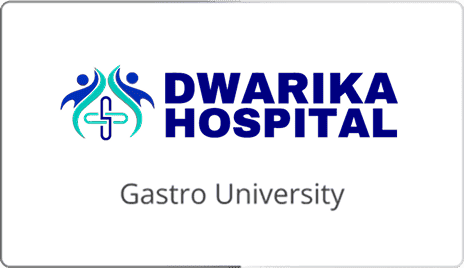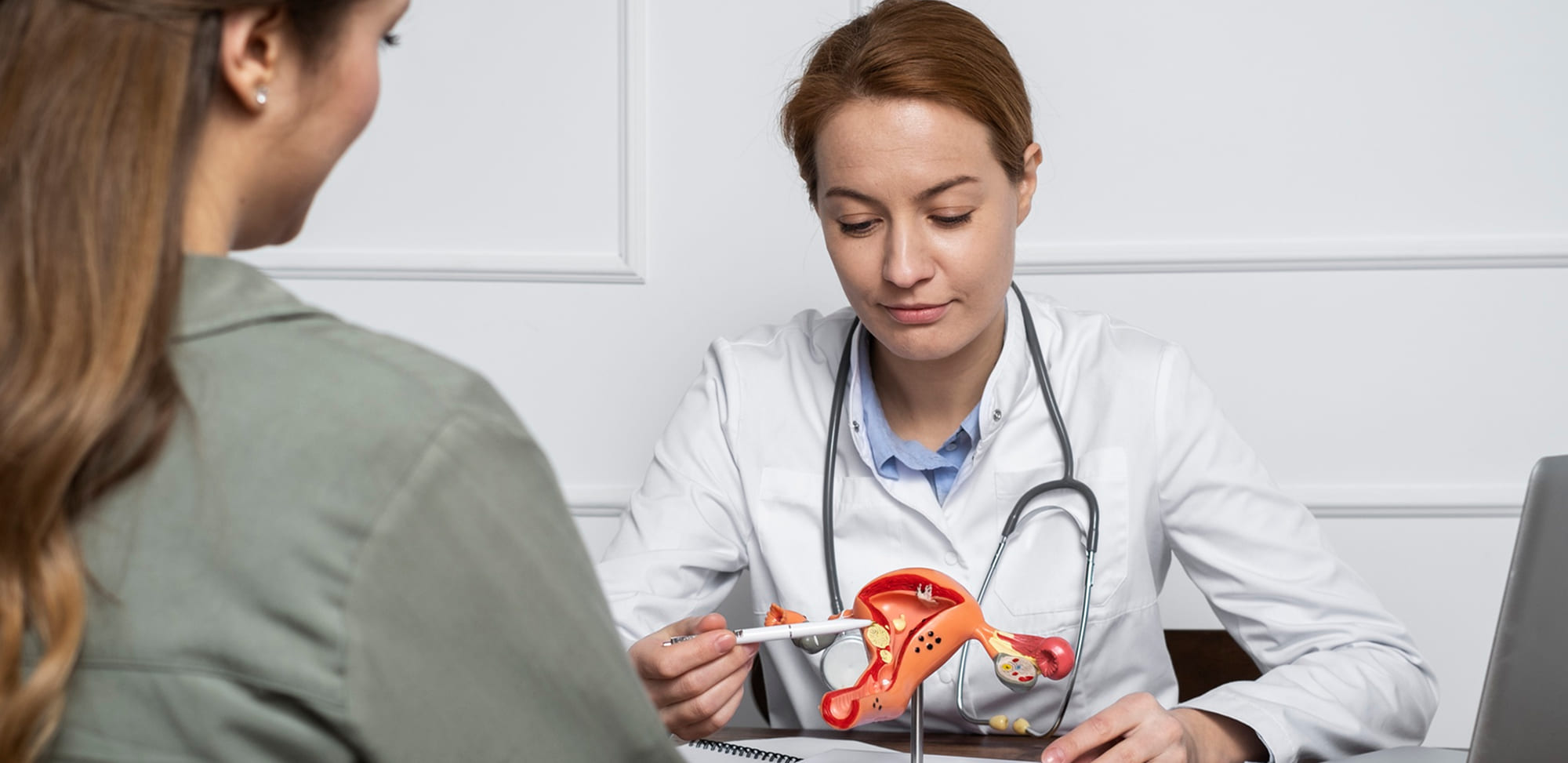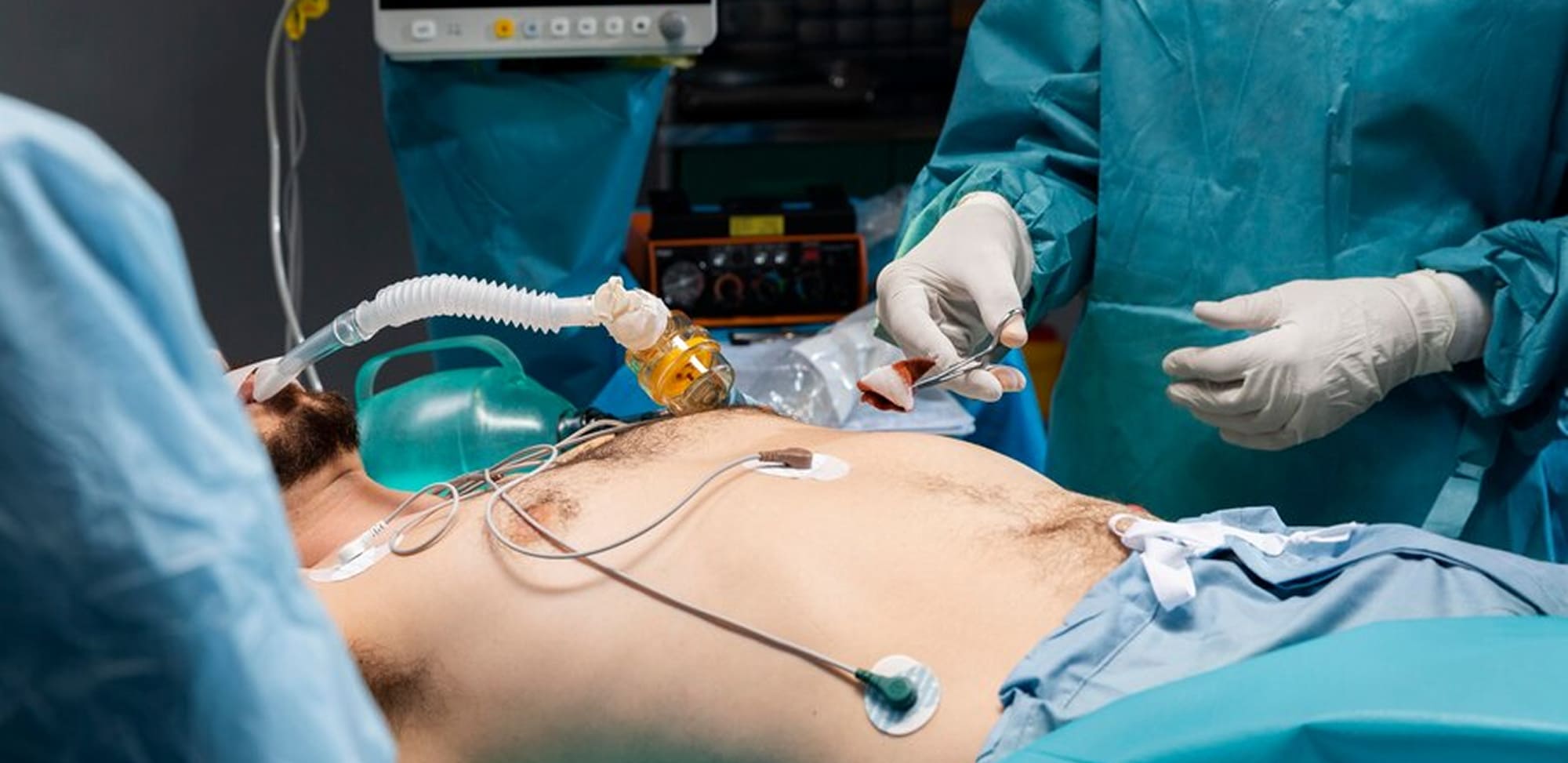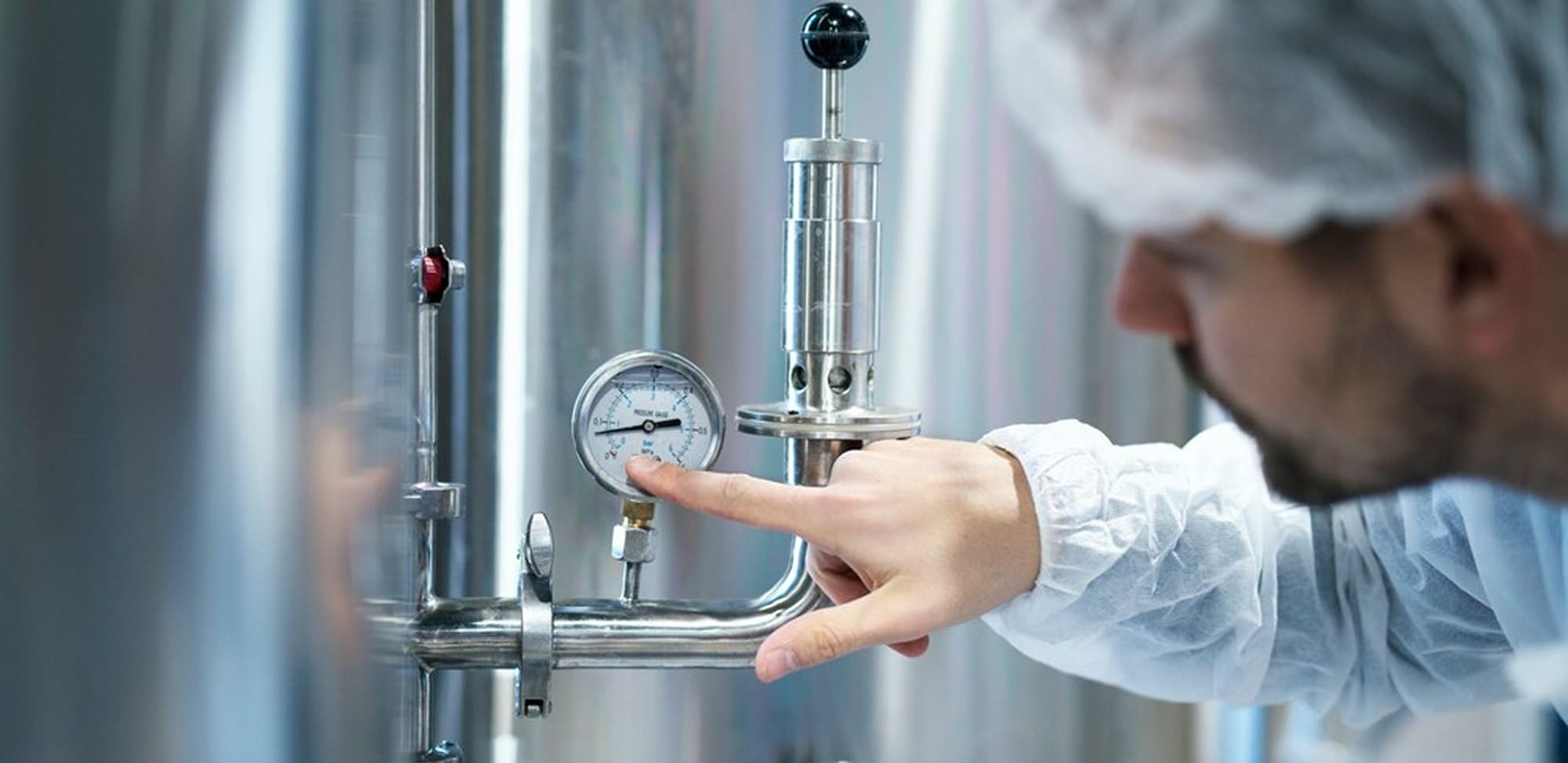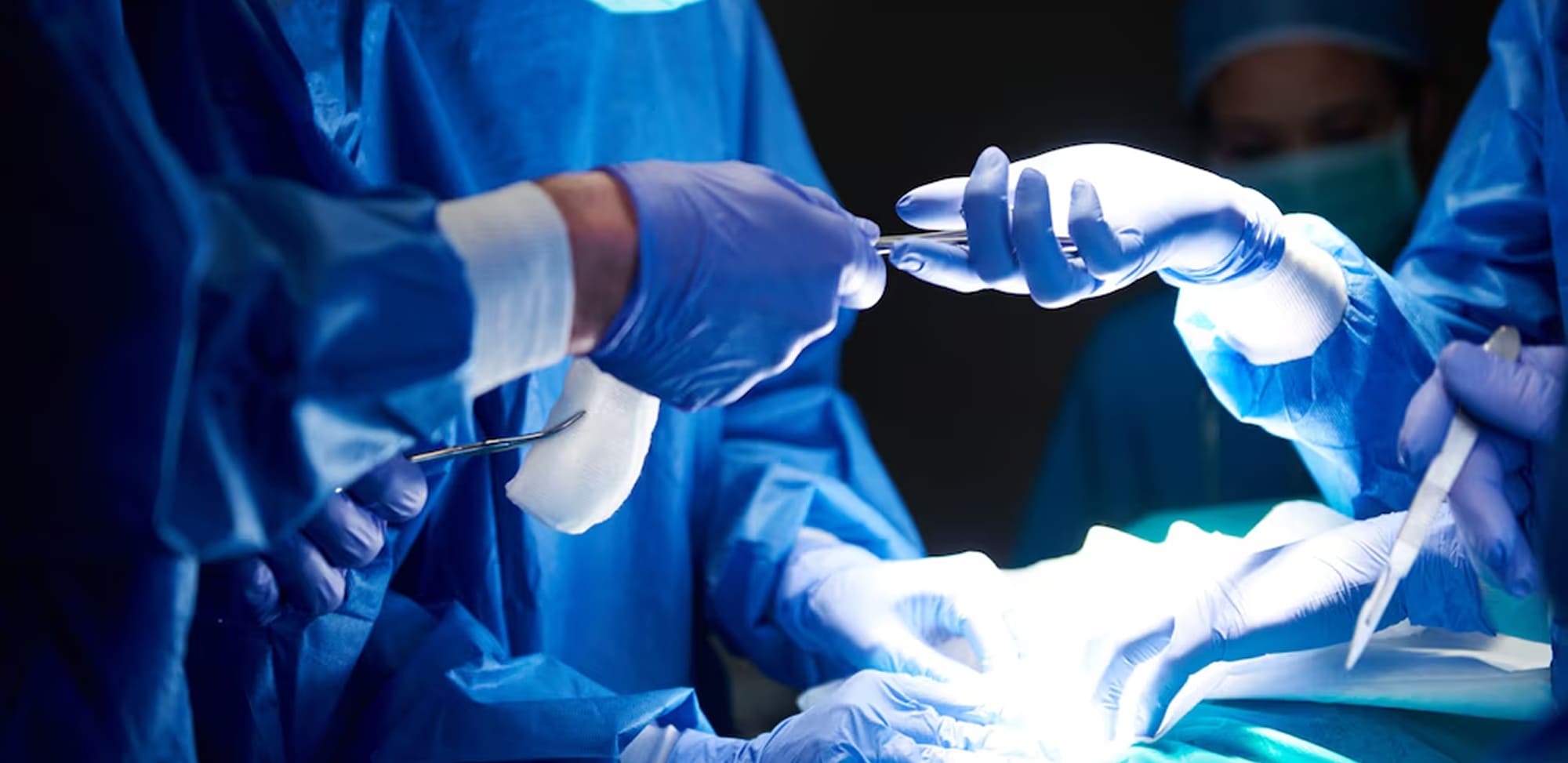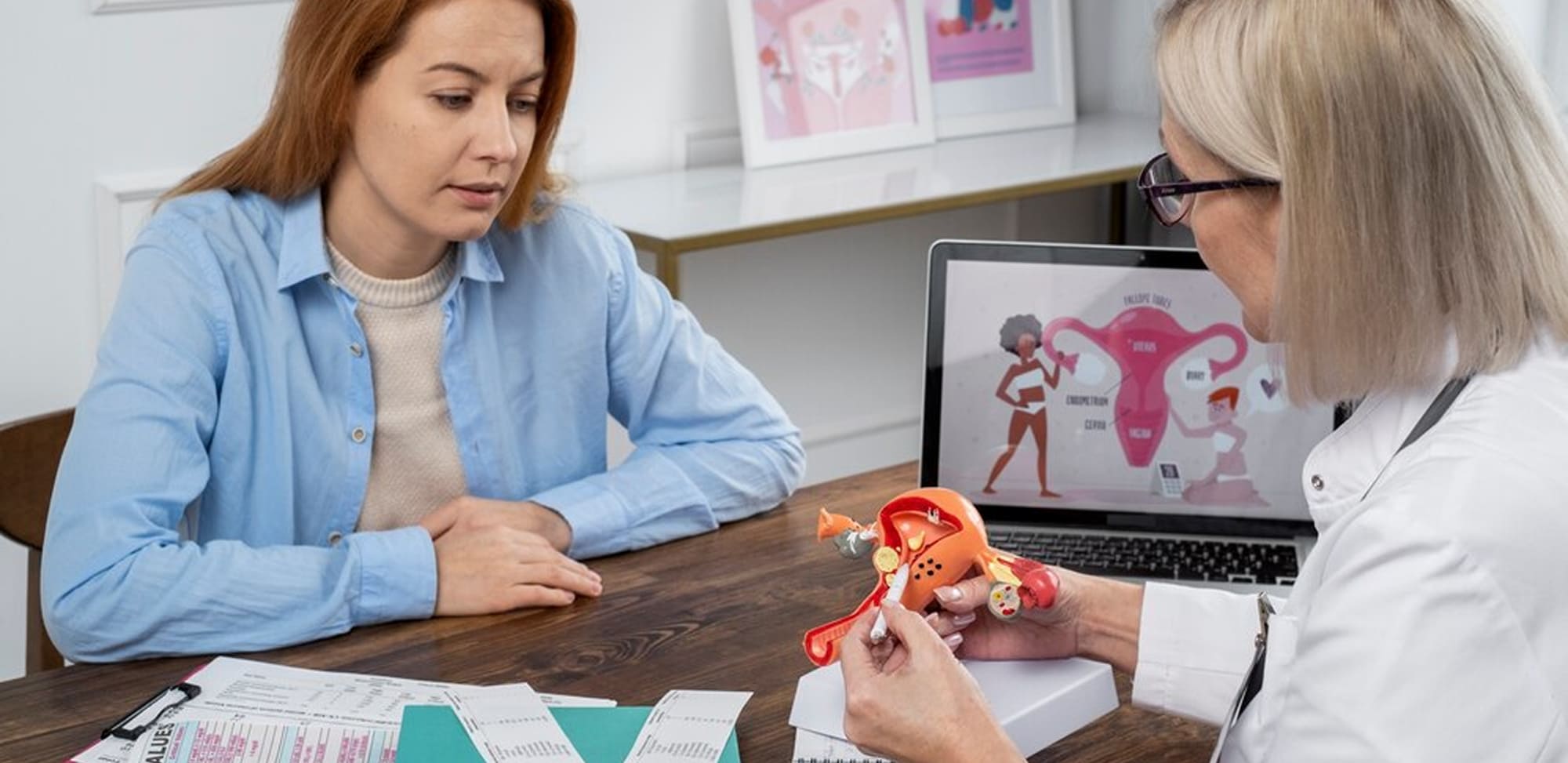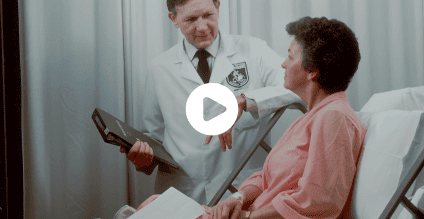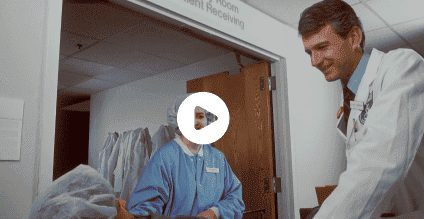Endoscopy Surgeries
Treatments
Symptoms of Endoscopy Surgeries
- Fever
- Chest pain
- Shortness of breath
- Bloody
- Difficulty swallowing
- Severe or persistent abdominal pain
- Vomiting
Department Of Endoscopy Surgeries
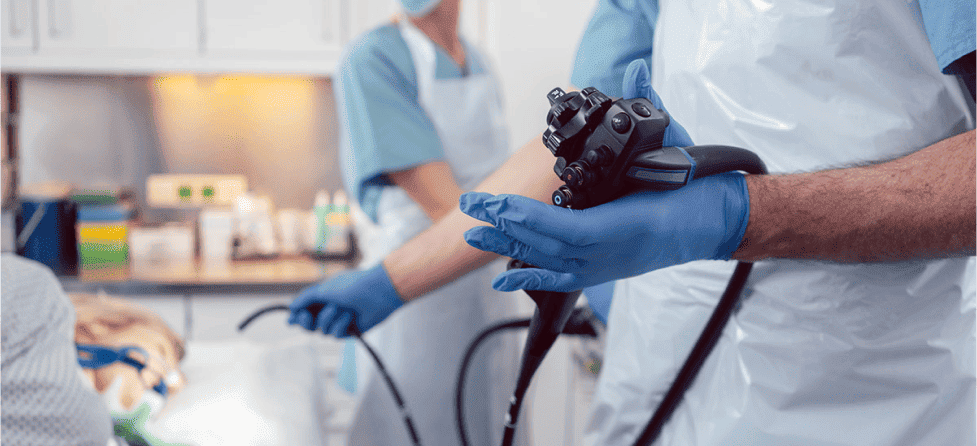
What is Endoscopy ?
An endoscopy is a medical procedure that allows a doctor to see inside the body without major surgery. It involves inserting a long, flexible tube called an endoscope into the body through a natural opening, such as the mouth, or a small cut in the skin. The endoscope has a lens and a video camera at the end, and the doctor can see images of the inside of the body on a screen.
There are many types of endoscopy, each designed to look at a specific part of the body. The type of endoscopy performed depends on the patient's symptoms. For example, an upper GI endoscopy can be used for gastroenterology diagnosis and screening for gastric conditions. A colonoscopy may involve removing polyps, which can increase the risk of bleeding or perforation.
Common Diseases of the Endoscopy which require treatment:
- Peptic ulcer disease
- Barrett's esophagus
- Large gastric and colorectal lesions
Cirrhosis of Endoscopy
Endoscopy can be used along with other tests to confirm a diagnosis of cirrhosis and help a doctor decide what treatments might be best. An endoscopy is done by inserting a thin, lighted tube with a camera on the end inside your gastrointestinal (GI) tract to look for abnormalities such as tumors or bleeding.
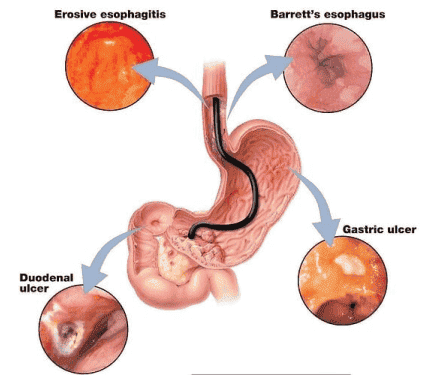
An magnis nulla dolor sapien augue erat iaculis purus tempor magna ipsum and vitae a purus primis ipsum magna ipsum
An magnis nulla dolor sapien augue erat iaculis purus tempor magna ipsum and vitae a purus primis ipsum magna ipsum
Treatment & Procedures
Explore our Centers of Clinical Excellence

Obesity

Emergency & Trauma

Cancer Surgery

Liver & Pancreas

Chronic Calcific Pancreatic
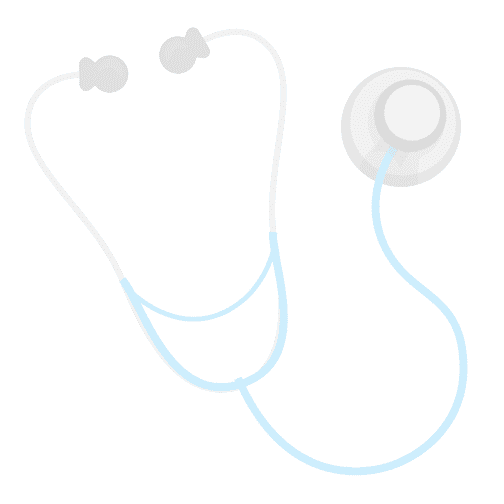
Testimonials
What Our Patients Say
Latest News
Our Stories, Tips & Latest News

Accredited surgical facility
We developed the ShareCart platform by using AngularJS with Bootstrap. It is an eCommerce-type project.
May 03, 2019 by Dr.Jeremy Smith

Accredited surgical facility
We developed the ShareCart platform by using AngularJS with Bootstrap. It is an eCommerce-type project.
May 03, 2019 by Dr.Jeremy Smith
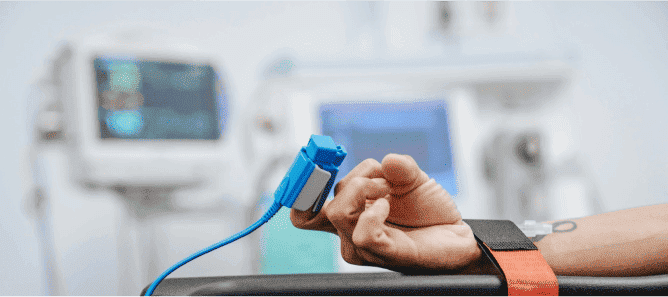
Accredited surgical facility
We developed the ShareCart platform by using AngularJS with Bootstrap. It is an eCommerce-type project.
May 03, 2019 by Dr.Jeremy Smith
Have some Questions?
Cum sociis natoque penatibus et magnis dis parturient ntesmus. Proin vel nibh et elit mollis commodo et nec augue tristique sed Quisque velit nisi, pretium ut lacinia lementum id enim. Nulla quis lorem ut libero malesuada feugiat.
Cum sociis natoque penatibus et magnis dis parturient ntesmus. Proin vel nibh et elit mollis commodo et nec augue tristique sed Quisque velit nisi, pretium ut lacinia lementum id enim. Nulla quis lorem ut libero malesuada feugiat.
Cum sociis natoque penatibus et magnis dis parturient ntesmus. Proin vel nibh et elit mollis commodo et nec augue tristique sed Quisque velit nisi, pretium ut lacinia lementum id enim. Nulla quis lorem ut libero malesuada feugiat.
Cum sociis natoque penatibus et magnis dis parturient ntesmus. Proin vel nibh et elit mollis commodo et nec augue tristique sed Quisque velit nisi, pretium ut lacinia lementum id enim. Nulla quis lorem ut libero malesuada feugiat.
Our Partners
Insurance Partner


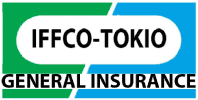















































Our Network
Our Website Network


